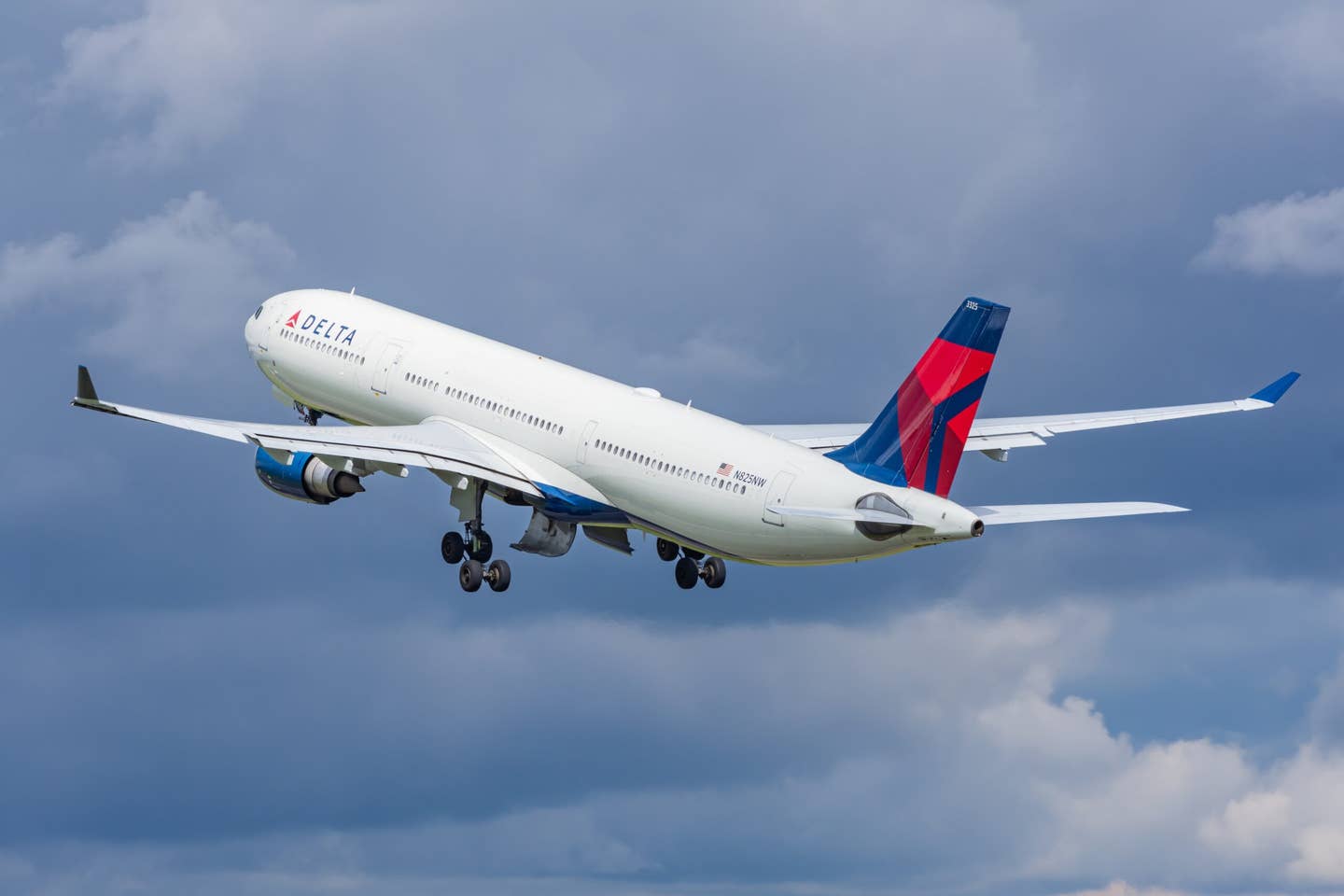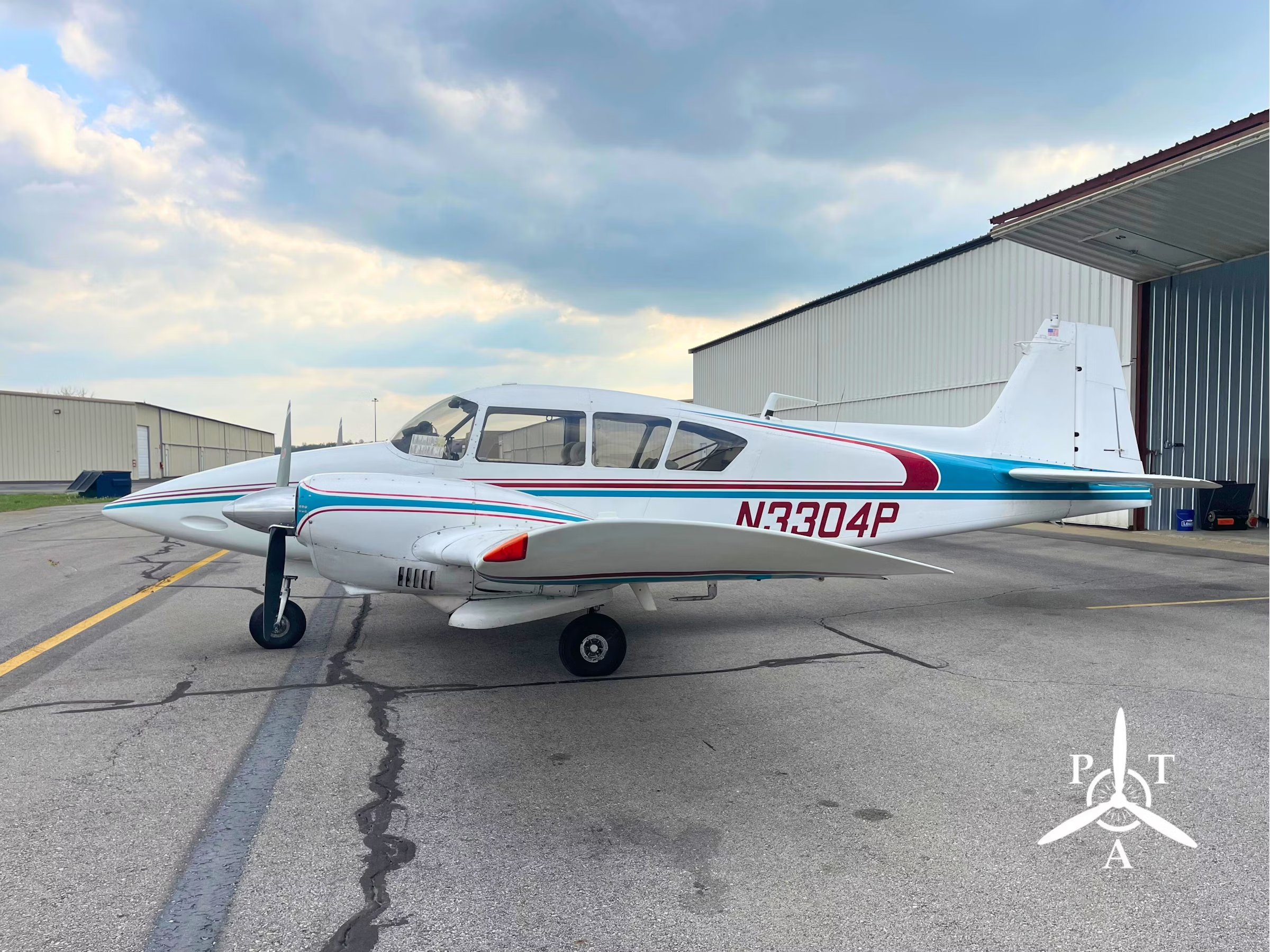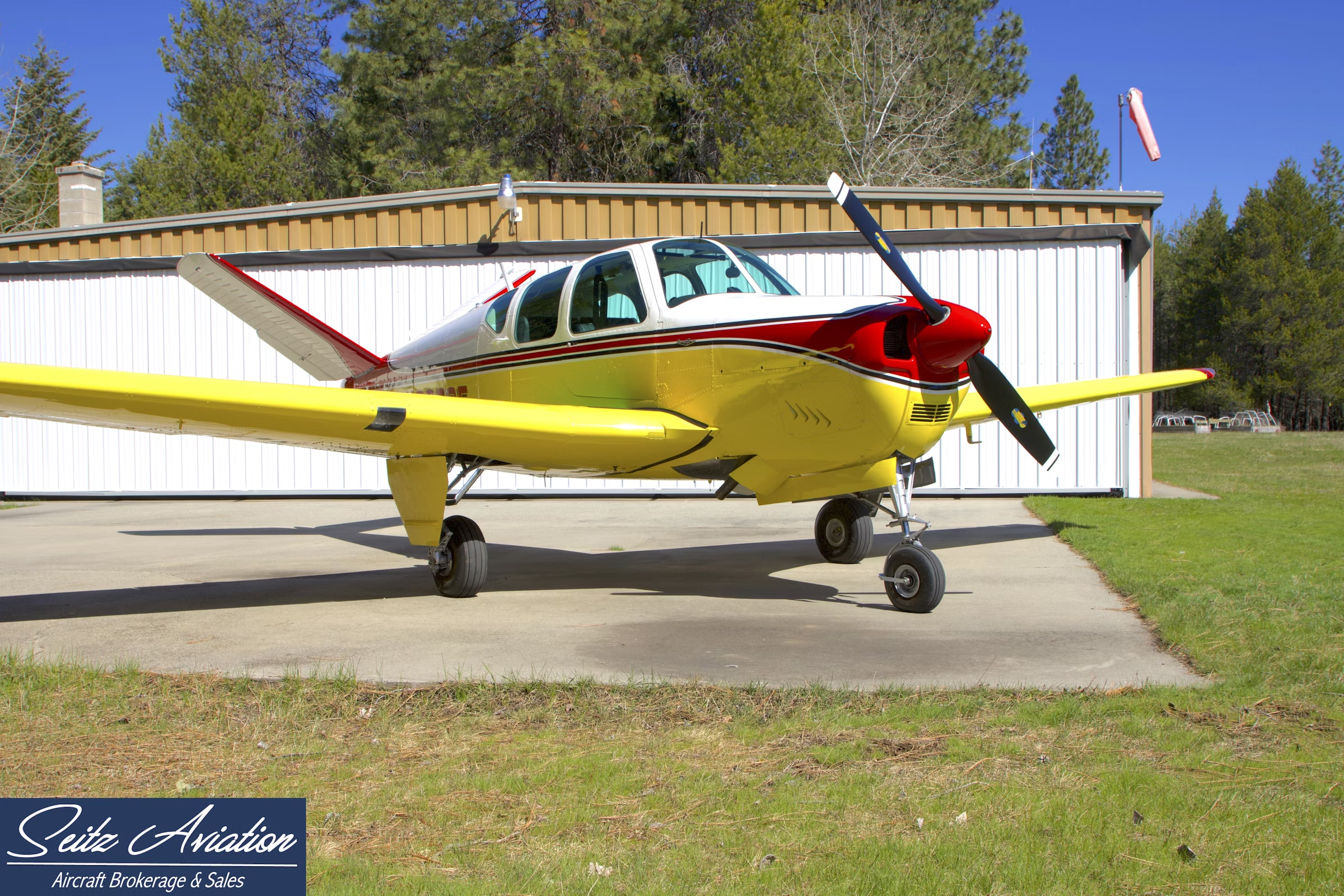
(January 2011) — It happened nearly seven years ago, but the accident remains a shining example of a confluence of unlikely circumstances causing a catastrophe when none of them, by itself, would have amounted to more than a nuisance.
Five airplanes belonging to Pan Am International Flight Academy were flying from Deer Valley Airport in Phoenix to the Palomar Airport in Carlsbad, California, on a May evening in 2004. They left Deer Valley at intervals of five to 10 minutes. The fourth in the line was a Piper Seminole, N304PA, flown by two private pilots who had recently acquired their multiengine and instrument ratings. It was a time-building flight for them; the left-seat pilot had about 175 hours, the other 240. They filed IFR. Apparently neither had logged any prior actual instrument experience, but each had around 50 hours of in-flight hood instrument time. They also had, between them, some 50 hours of night flying experience. This would be a significant milestone: a night flight in the system with an ILS approach at the destination. It was exactly the kind of straightforward flight — two hours, VMC en route, an approach well above minimums at the end — that instrument novices are advised to take.
A few minutes ahead of them in line was another Seminole, N434PA.
Their routing took them south of a couple of big restricted areas and MOAs, along the Mexican border and over a mountain range, the Volcan, which separates the inland desert from the coastal foothills. On a ridge of the Volcan, at 5,580 feet, is the Julian VOR, which is the initial approach fix for the ILS approach to Palomar.
It was already dark and moonless when, at 2043:48, N304PA contacted the San Diego North radar sector of Los Angeles Center, reporting level at 8,000. The controller replied with an instruction to fly a heading of 260 after Julian to intercept the Palomar localizer. Two minutes later, the controller instructed N434PA, the Seminole ahead of 304PA, to descend to 6,000, and the crew acknowledged.
Two minutes after that, the controller said, "Seminole 4PA, descend and maintain 5,200." N304PA responded, "Down to 5,200 for 304PA." The controller, whose intent had been that 434PA continue its descent past 6,000 feet, did not notice that the response came from a different callsign. The crew of 434PA was aware of the ambiguity, however, and requested a clarification, but the first part of their transmission was blocked by the controller's instruction to another aircraft. The controller heard only " … for 434PA?" and, possibly thinking the question referred to the transmission he had just made, replied, "No."
At 2049:55, 304PA advised the controller that they had the ATIS for Palomar, and he thanked them. At that point, the Seminole was descending through 6,600, still southeast of the Julian VOR. At 2050:27, the controller, probably noticing that 434PA was approaching the ILS and was still at 6,000, again cleared them to descend to 5,200. 434PA acknowledged, and the controller cleared the flight for the ILS approach to Palomar.
At about the same time, N304PA, in a cruising descent, slammed into the ridge 200 yards from the Julian VOR and about 40 feet below it. The accident was not survivable.
Within a minute, a strong ELT signal was received from the vicinity of the VOR and reported to Center, and at 2053:23 the north sector controller transmitted, "Seminole 4PA, can you come up on 121.5 and check for an ELT please?" He tried eight times to contact N304PA, but there was only silence.
After the third attempt, the controller asked 434PA for a radio check. "5 by 5" was the answer, and the controller then told 434PA to contact Palomar tower. Several minutes later another aircraft transmitted, "SoCal, 6ZP, just for my own heart, did you get ahold of that Seminole?" The controller replied, "No, we're checking right now; I don't — we don't know where it is right now; last we saw of him he was just five southeast of Julian, same route that you were, 4PA."
There had been a perfect storm of verbal confusion. The controller, probably rattled and fearing that the ELT might be from an airplane that he had been working, was still using the ambiguous callsign "4PA" and was seemingly confusing 6ZP with 434PA, which he himself had sent off the frequency several minutes earlier. It is not clear from the NTSB report whether the controller, working two airplanes on identical flight plans and separated from one another by a few minutes and at most 25 miles, ever reflected that using an abbreviated callsign set the stage for confusion between them. The crew of 434PA at least seems to have felt a momentary uncertainty; it was only by a piece of extraordinarily bad luck that their query to the controller, which might have clarified the whole situation, was blocked in such a way that the controller's irrelevant reply seemed appropriate to the crew's question.
The MEA for the airway segment approaching Julian from the southeast is 7,700 feet, and for the initial portion of the transition from Julian to the Palomar ILS it is 6,800 feet. Los Angeles Center had two separate systems for detecting and issuing alerts about minimum safe altitude violations. One, which used radar located at the 6,200-foot level on a mountaintop 18 miles southeast of Julian, provided uninterrupted coverage of the airway along which N304PA approached the VOR. That system was in use by the Center Sector 9 controller who had handed off 304PA to San Diego North at 2043. It had continued to display the flight's data block until the controller forced it off his display about a minute before the accident. As N304PA descended below 7,800 feet — approximately a minute after receiving an instruction for "4PA" that was actually intended for the airplane ahead of it — a minimum safe altitude warning (MSAW) alert was presented to the Sector 9 controller. He ignored it, presumably thinking that the San Diego North controller, who then had responsibility for the airplane, would deal with it.
The altitude warning system used by the San Diego North controller relied on different radar, this one located near the coast at the Miramar Naval Air Station. It provided imperfect coverage of aircraft flying low over the mountains. Nevertheless, it detected N304PA about a minute before the crash, sounded an alert to the controller and placed a flashing red "LA" (low altitude) warning above the descending Seminole's data block. The flashing warning remained for only a few seconds, however, before the airplane sank behind the ridge, the radar track went into "coast" status and the alert terminated. The NTSB report on the accident does not explain why the controller did not respond to the MSAW alert or why he apparently failed to connect it with the subsequent ELT signal.
The NTSB cited two causes and one contributing factor in its accident report. The causes were, first, the San Diego North controller's "incorrect use of an abbreviated callsign" and his failure to notice that the read-back used a callsign different from that of the intended recipient of the clearance; and second, "the pilots' failure to question a clearance that descended them below the published [MEA]." The contributing factor was the failure of both Center and Tracon controllers to "properly respond" to the MSAW alerts.
It is difficult to imagine that, during the earlier course of the flight, prior to the handoff to San Diego Tracon, the similarity between the callsigns of the two Seminoles went unnoticed by any of the pilots or controllers. Perhaps the pilots were aware of it. The controller, on the other hand, appears to have made no effort to clearly distinguish between the two airplanes, nor to have been aware of the possibility of a dangerous confusion.
Should the two pilots of N304PA have realized that they were descending below the MEA? They should have, but they were inexperienced and perhaps still believed in the infallibility of controllers. While pilots on IFR flight plans can't be expected to track their progress on VFR charts, they should still be aware of the general nature of the terrain below them and along the route ahead, and anticipate likely altitude changes before they occur. MEAs are MEAs; a descent that violates an MEA at least merits a question. There is always a possibility of a faulty or misunderstood clearance. Everyone makes mistakes, but the ground always has the last word.
This article is based on the NTSB's report of the accident and is intended to bring the issues raised to our readers' attention. It is not intended to judge or to reach any definitive conclusions about the ability or capacity of any person, living or dead, or any aircraft or accessory.

Sign-up for newsletters & special offers!
Get the latest FLYING stories & special offers delivered directly to your inbox






